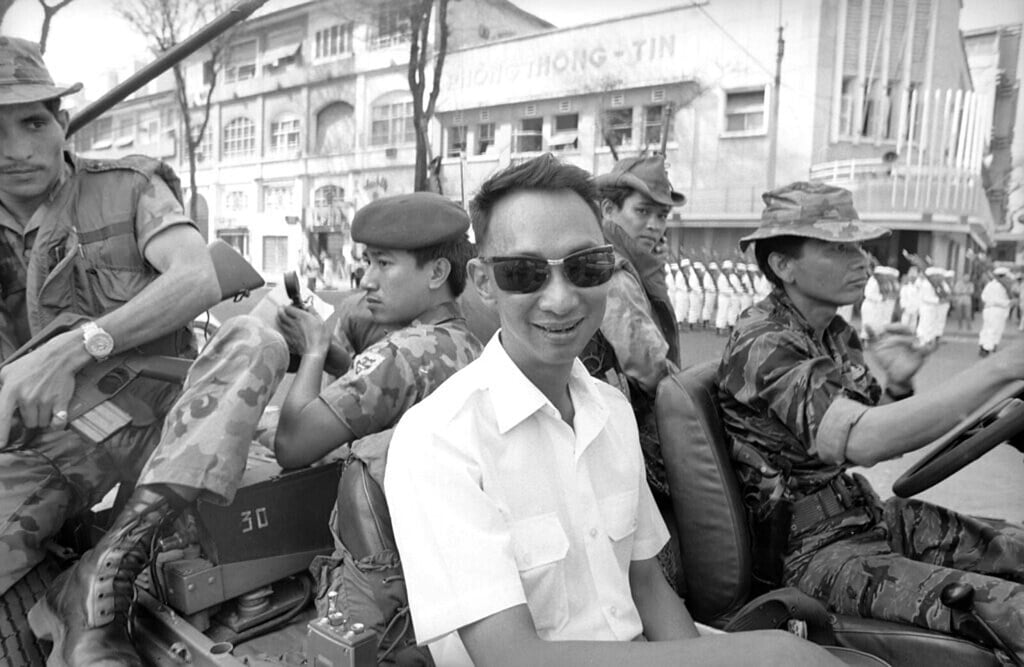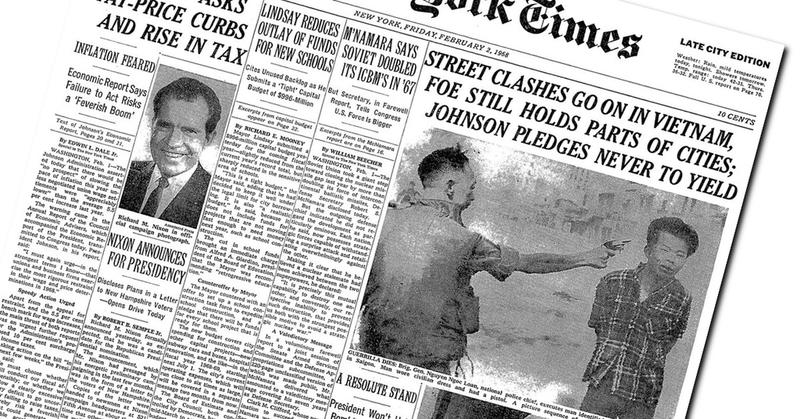Behind the Infamous Viet Cong Photo That Left the World Speachless
“The infamous Viet Cong photo,” taken by Eddie Adams in 1968, shocked the world when published by a joint US-Vietnam task-force. His stunning black-and-white photo depicts Lt. General Nguyen Loan executing a Vietcong prisoner in the city of Saigon just days before the Vietnam War came to an end.
This event, which took place on February 1, 1968 shocked the world and embodied all that seemed wrong with the war. This photo won Adams a Pulitzer Prize in 1969 and to this day remains one of history’s most iconic and provocative images. This article aims to provide a history on this iconic photo and frame it in a broader historical context.
Execution Without Remorse
To some, this photograph was a clear depiction of why the war was not worth fighting. It exposed the horrors of the war and the true terror felt by those who were living it daily. To new generations, this photo re-opened a moment in time that had been repressed by wartime propaganda for over two decades.

infokosova.org
In Vietnam and around the world, people saw in this image something they had never seen before; a man killing another man with zero remorse or hesitation. At the time, the image was reprinted around the world and came to symbolize for many the brutality and anarchy of the war.
Who is General Nguyen Ngoc Loan?
Nguyen Ngoc Loan was born in the central Vietnam city of Hue in 1930. He was educated by Jesuits and earned a law degree from Saigon University. He later flew to Morocco to further his education as a pilot.

ar15.com
He began his career as a magistrate in charge of family affairs, which gave him considerable influence among the rising generation of southern leaders.
Loan Joining the Army
Nguyen Ngoc Loan joined the Vietnamese National Army. He served during World War II when the British government awarded him the Distinguished Service Order. At the war’s end, he returned to Vietnam and became an officer in the south’s new army.

In 1954, he became commander-in-chief under Ngo Dinh Diem’s first president. Later, Loan rose to director of the National Police.
Loan Efforts In The War
General Loan supported the United States’ efforts in the war. He was an integral part of the war effort and had been trained by the United States at Fort Benning. The U.S. government even called him “the Butcher of Hue” while serving as Viet Cong pacification program director in Hue from 1967-1968.

Under his command, his officers killed over 7000 communist suspects and enemies of the state, mostly civilians suspected of supporting Vietcong guerillas. Loan himself admitted to ordering 300 executions during this period – approximately 20 per month – accounting for 10% of all deaths under his command. It’s evident that this was not a person who had much room in his heart for people, and he certainly did not value the lives of suspected Vietcong.
Capturing The Scene
Eddie Adams photographed Nguyen Van Lem with his Leica M4-P 35mm camera with an 80mm lens, freezing him in time. The prisoner had been caught trying to kill General Loan earlier that day.

guampdn.com
Under the Geneva Conventions, captured guerillas were supposed to be treated as prisoners of war and given swift trials to avoid random killings. But the Americans were trying to win the war, and they did not have time to follow Geneva’s procedures.
Why The Rage?
A few days earlier, Loan’s driver had been shot by guerillas while driving him to the office. These guerillas had also killed an officer named Lam van Phat, Loan’s friend and district chief.

youtube
At Hue University, another man shot one of Loan’s friends dead before his family as he lined up for lunch. These deaths enraged General Loan – as did this prisoner he was about to execute.
Who Was Nguyen Van Lem?
The prisoner, Nguyen Van Lem, was a Vietcong lieutenant colonel in charge of intelligence and torture. He was captured by South Vietnamese forces during Operation Hue City when he tried to assassinate Loan.

vanillamagazine.it
He had supposedly murdered dozens of civilians, including the father of one of Loan’s police officers.
Nguyen Van Lem Execution
Before he pulled the trigger, the South Vietnamese general moved his troops out of the way to protect them, brandishing his pistol with his right hand and waving his left arm with confidence.

thephoblographer.com
His men anticipated the result and scrambled out of the way. The general pulled the shiny black snub-nosed .38 from his side, took aim, and pulled the trigger. Ending Nguyen Van Lem’s life.
The Picture of The Century
Adams had been filming all day at an anti-communist rally. As he left the event, he saw Loan walking up to Lem and thought he was going to witness an interrogation.

pentapostagma.gr
Adams’ photo won him his second Pulitzer Prize and forever changed the way people viewed this war. The photograph was named “Picture of the Century” by Time Magazine while it was still being developed.
The Message Behind The Image
Adams, meanwhile, felt Loan was unfairly vilified by a public that didn’t see something outside the frame: the killings of Loan’s aide and the aide’s family hours earlier by the Viet Cong are what sparked this moment that was captured. It was not an impulse killing on Loan’s part like majority of people were lead to believe.

Adams did not accomplish what he had hoped to accomplish with this photo – he hoped to inform Americans about the horrors of the war, not glamorize them. He didn’t want to show Americans the violent reality of war, but neither did he want to hide it from them.
